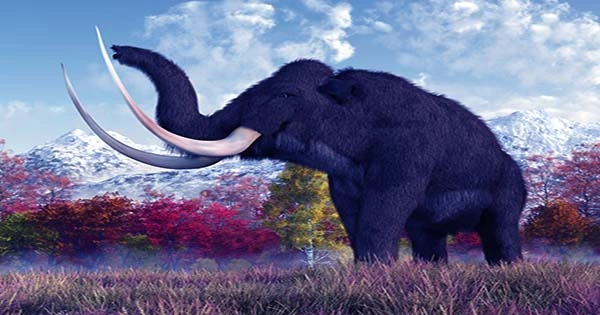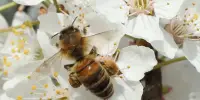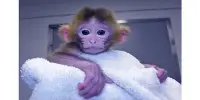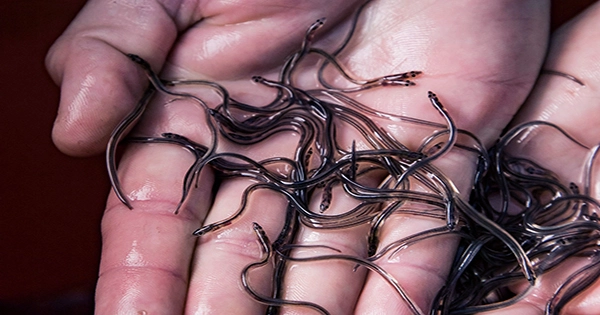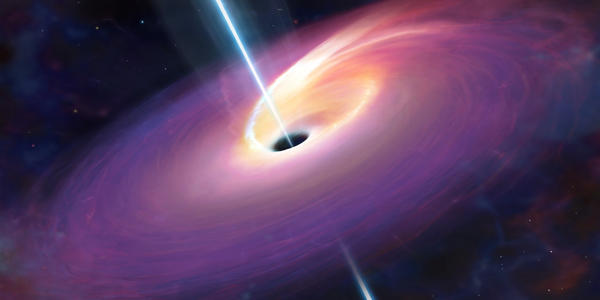The present-day Texas is home to deer, rattlesnakes, and bobcats, to name a few creatures, and it may soon be home to mammoths, according to news from a de-extinction firm. Colossal Biosciences is the firm behind the audacious ambition, and their goal is to develop living, breathing mammoths at their Texas-based facility by 2028.
“To our knowledge, Colossal Biosciences is the world’s first de-extinction and species preservation company,” CEO Ben Lamm told IFLScience in an interview about whether humans can bring dinosaurs back. “What that means to us is looking at and understanding which genes are associated with the core phenotypes, or physical attributes, that existed in an extinct animal.”
“For the woolly mammoth, for example, it’s the dome cranium, the curved tusk, and whatever makes it cold-tolerant, as well as a lot of other things under the hood.” Such as how nerve endings react to frigid temperatures, how the organism manufactures hemoglobin, and the shaggy wool coat.”
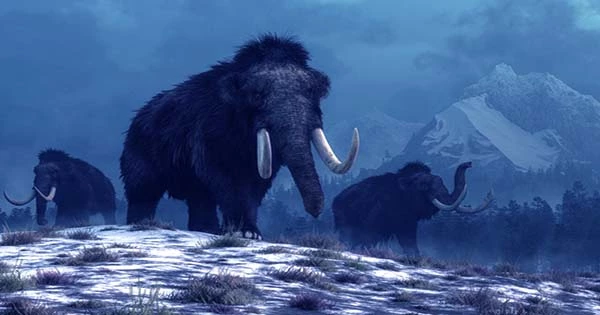
Finding such genes requires first looking at an extinct animal’s closest living relative, which in the case of the mammoth is the Asian elephant, which is genetically 99.6 percent the same.
“What we’re asking is how can we at Colossal understand the core genes that made elephants cold tolerant,” he said. “Those genes are now extinct, so how do we de-extinct those genes and put them into the architecture, if you will, of an existing living animal?”
The path to meeting that mammoth 2.0 in the flesh entails taking the nucleus from an Asian elephant egg cell and replacing it with a nucleus containing all the genes for the features Lamm indicated a mammoth requires to live (cold tolerance, bent tusks, shaggy wool coat, and so on). That implies it would be a cold-tolerant elephant hybrid, which fellow Colossal Biosciences founder George Church equates to developing “the cuddly version of a velociraptor,” according to PopSci.
Some have questioned if chasing the mammoth at a time when so many extant creatures are on the verge of extinction is the right course of action, but it is anticipated that the unique technology and insights produced by the extinction of ancient animals will assist present animals as well.
“All of the technologies that we develop on the path to de-extinction, some of them have applications to human healthcare which we are monetizing,” Lamm went on to say. “We did that last year, we spun out our first computational biology platform, but all the technologies that could add to assisted reproductive technologies or conservation groups for zoos or animal groups worldwide, we are subsidizing and giving to the world for free.”
“We believe it has the potential to transform conservation.” So, we want to make available and free for every conservation group out there this de-extinction tool kit that we’re constructing with our species over time.”
According to Colossal Biosciences, the demise of the woolly mammoth could also assist to delay, or perhaps reverse, some of the effects of climate change. They contend that mammoths grazing and roaming the Arctic tundra will allow grasslands to grow, slowing thawing and the release of permafrost-stored greenhouse gases.
